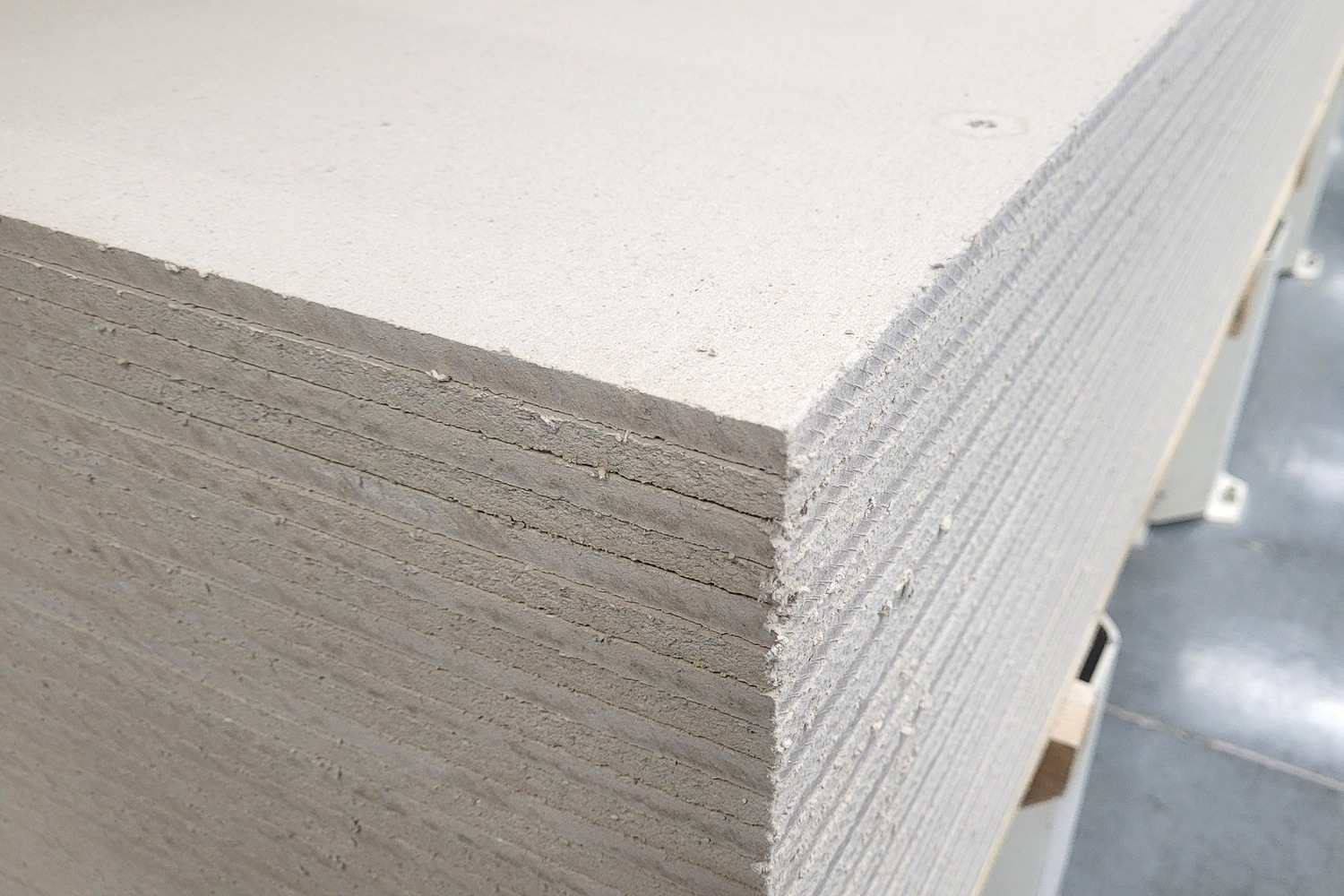Which materials provide the best sound insulation?
Creating effective sound insulation requires the right choice of materials and correct installation. Soundproofing is about reducing sound transmission between different spaces by blocking and absorbing sound waves. Which material works best depends on several factors, such as the frequency of the sound, the density of the material, and its ability to reduce both airborne sound and structure-borne sound. To achieve the best possible results, several materials are often combined to create a balanced sound environment.
Materials with the best soundproofing properties
Dense and heavy materials – Block sound transmission
To stop sound from traveling between rooms, heavy and dense materials are needed that can reflect and block sound waves. Some of the most effective sound-blocking materials are:
Plaster and double plasterboard
Often used in sound-insulating walls and ceilings. By using double layers and combining them with a sound-absorbing mass, sound transmission can be effectively reduced.
Solid wood or MDF (Medium-Density Fiberboard)
Dense doors and wall panels made of MDF or solid wood block sound better than thin materials.
Concrete and brick
Naturally heavy materials that effectively reduce sound transmission but can amplify reverberation inside the room if not combined with sound-absorbing solutions.
Mass loaded vinyl (MLV) sound barriers
A very dense and flexible material used to block sound in walls, floors, and ceilings.
Vibration-damping materials – Reduce structure-borne noise
Structure-borne sound occurs when sound vibrations travel through solid structures such as walls, floors, and ceilings. To reduce this, vibration-damping materials are used, such as:
Rubber and cork underlay
Placed under floors to reduce footfall noise and vibrations.
Floating floors with sound-absorbing layers
A construction in which an elastic layer is installed between the floor and the underlay to break sound transmission.
Vibration-damping foam and fasteners
Used in industrial environments to reduce machine noise, but also works in homes to dampen vibrations from washing machines and speakers.
Spring-suspended ceilings
A method where the ceiling is suspended with elastic fasteners to reduce structure-borne noise between floors.
Combine materials for optimal sound insulation
The most effective sound insulation is achieved by combining different materials and methods. Examples of how this can be applied in different environments:
Offices and workplaces
Polyester acoustic panels on the walls, ceiling absorbers, and wall-to-wall carpeting to reduce noise levels and improve concentration.
Music studios and home theaters
Combination of rubber mats, acoustic foam, heavy curtains, and MLV to both absorb sound and reduce sound leakage.
Apartments and apartment buildings
Sound-absorbing wall panels, sealed windows, and floor mats to reduce noise from neighbors and traffic.
Another important aspect is installation. Leaky joints, gaps, and substandard installation can reduce the effectiveness of even the best soundproofing materials. To maximize soundproofing, you should:
- Acoustic seals should be used in joints and door gaps.
- Soundproof doors should be installed instead of thin interior doors.
- Vibration-damping fasteners should be used to reduce sound transmission through the building structure.






